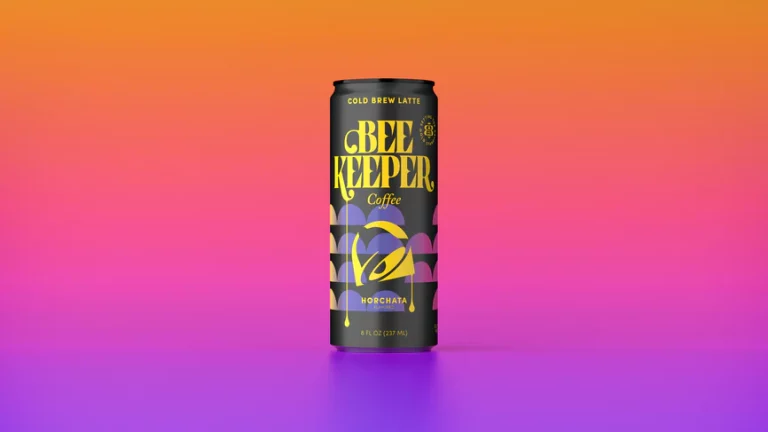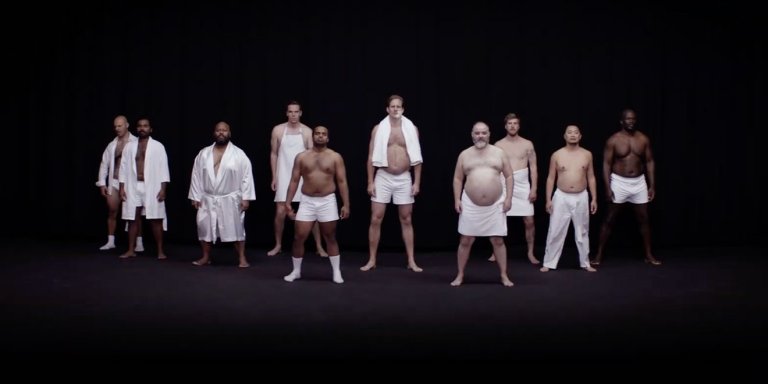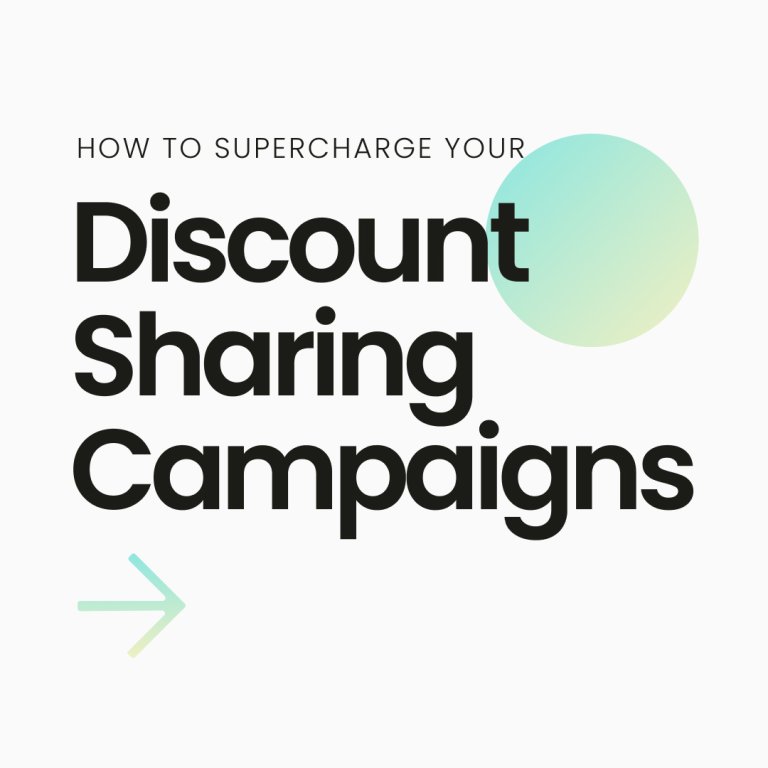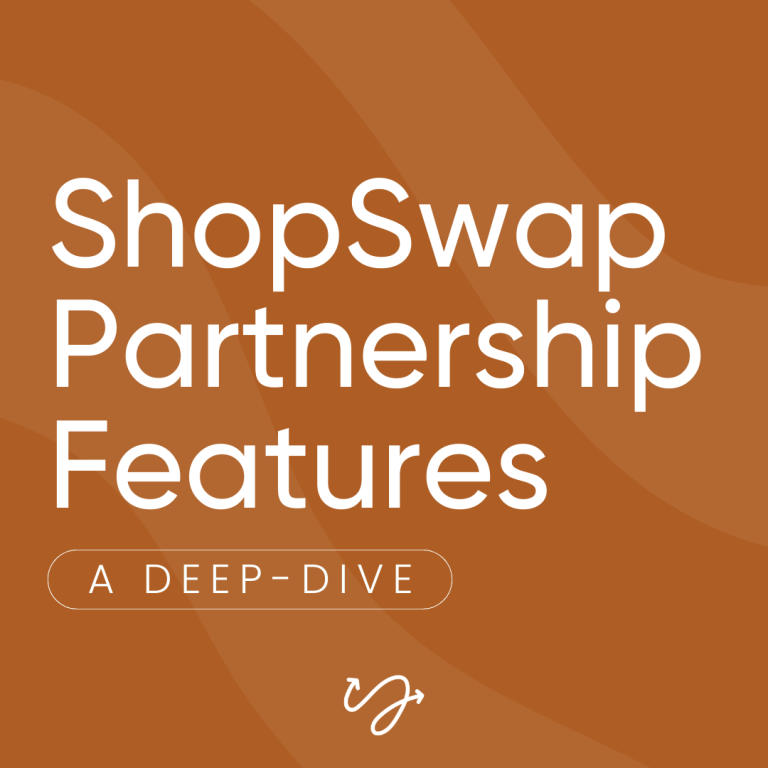The world of marketing is constantly changing, and experimenting with new strategies is a must for consumer brands that want to keep up. With so many different trends on the rise, it can be difficult to know which one is the best for you and your brand.
To help you stand out in 2023, we’ve found three of the hottest DTC marketing trends that can get you ahead of the curve:
1. Experiential marketing
Experiential marketing (also known as live marketing, participation marketing, or engagement marketing) is a strategy that directly involves your customers. Inviting your audience to take part in interactive or immersive experiences allows you to connect with them in a more fun and creative way!
The main focus of experiential marketing is to create a memorable experience for your customers. Forbes is right to point out that experiential marketing helps to form a lasting connection between customers and a brand.
Also, 49% of people are also likely to film their experience at branded events and share it on their social media! Nothing is better than UGC for brand awareness and visibility, and experiential marketing is the best way to get customers to make content for you!
Some examples of experiential marketing can include:
- Events, festivals, award ceremonies
- Trade show appearances
- Pop-ups
- Offering samples or demonstrations
- Retreats
2. Partnership Marketing
Partnership marketing is a strategy where two like-minded brands partner together to expand their reach and promote their products. Both brands pool resources to promote a piece of content or product and share the results of that promotion. It’s a great opportunity to work with your competitors, instead of against them!
With two teams and double the budget, together you’ll be able to create a campaign that wouldn’t have been possible alone.
The key to a particularly effective marketing campaign is to identify a partner brand that is compatible with yours – one with similar values and customer demographics. Ideally, this would be one that isn’t a direct competitor, but a brand with products that complement yours, and that share a similar audience.
Partnership marketing could take the form of:
- Social Media Cross-Promotion
- Email Cross-Promotion
- Gift with Purchase
- Long-form Content Collaboration
- Giveaway/Contest
- Co-Discount
For more information on how to run effective partnership campaigns, check out our co-marketing guide!
Also, if you want to give partnership marketing a try in 2023, then sign up to ShopSwap for free and connect with hundreds of DTC brands wanting to collaborate. Click here to get started.
3. Micro-influencers
Micro-influencers are social media creators with a smaller following – usually with an audience of 1,000 – 10,000 on any given platform.
Although they may not have as many followers as your typical influencer, their content often receives higher levels of engagement. This is because micro-influencers are viewed as ‘everyday’ people by their followers. They’re just so much more relatable than a celebrity with millions of followers. This means that when a micro-influencer advertises a product, their audience is more likely to trust their opinions and recommendations.
But that’s not even the best part about micro-influencers. The real reason that partnering with micro-influencers works is that you can find the exact right person for your specific niche. Even if the only product that your brand sells is a herbal remedy to help with digestive issues in canaries, we can assure you that there is someone out there with an audience of canary owners that would love to help you find more happy customers.
Collaborating with micro-influencers can be a great option for smaller brands or start-ups who are looking for affordable ways to get into influencer marketing!








